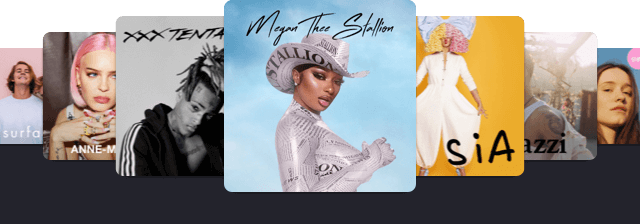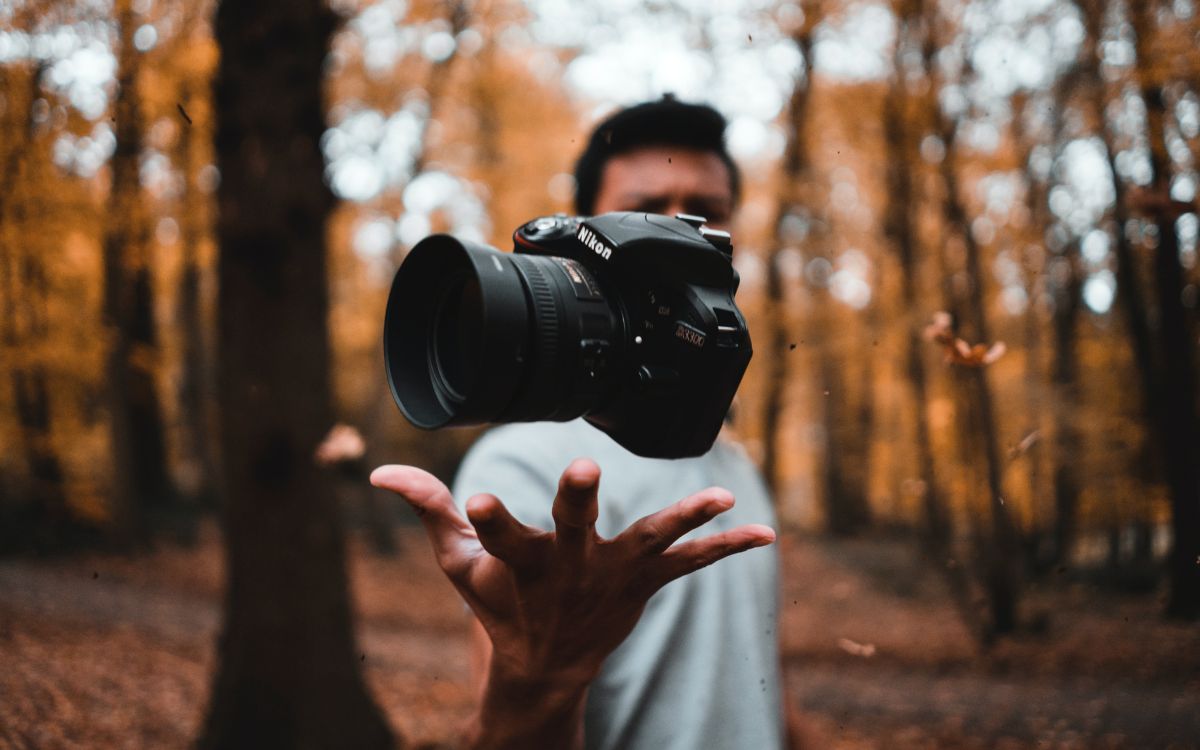If you’re wondering, “how does the YouTube algorithm work?” you’re not alone. The YouTube algorithm may seem complex — a black box that magically determines which videos succeed and which…don’t. Here, we’ll bust some of the biggest YouTube algorithm myths, empowering you to create killer content that will reach more viewers.
What is the YouTube algorithm?
At its core, the YouTube algorithm is the software that decides what each YouTube user sees in their video feed and search results. The algorithm’s goal is to provide content that each individual will find valuable and engaging.
The YouTube algorithm evolves quickly, so it’s essential to stay up to date with new developments. By staying on top of the algorithm, you can ensure your videos reach as many people as possible.
Busting YouTube algorithm myths
Now, let’s review some of the most common myths surrounding the all-powerful YouTube algorithm.
Myth #1: There’s only one YouTube algorithm
YouTube is a complicated beast. What we might call the “YouTube algorithm” is actually a system of multiple algorithms that work together to help provide suggested content to viewers. YouTube has individual algorithms for various services and pages, including:
- Search
- Trending
- Suggested videos
- Homepage
- Fake engagement
- Similar channels
If you’re running tests to improve your videos, you might find that some content performs better within some algorithms and worse within others. For example, the same video might be killing it with the “search” algorithm but not so hot with the “homepage” algorithm.
Myth #2: YouTube prefers longer videos
Longer videos do have some advantages. By keeping people engaged for longer, you can run more ads and boost your revenue. Plus, YouTube favors Creators who can keep their audience on the platform for as long as possible.
However, don’t make a half-hour video just for the sake of creating long-form content. If people get bored after three minutes and leave your video, the algorithm won’t smile favorably on your creation. Focus on creating high-quality content that keeps your audience engaged.
Myth #3: Editing your metadata after publishing a video affects how YouTube recommends your content
If you’ve ever worried about potentially harming the success of your video by editing your video’s name or description months after uploading, we’re here to set the record straight.
In the first 24 hours after you upload a video, YouTube creates a profile on your content, taking into account your views, clicks, titles, thumbnails, and all sorts of other information. If your video isn’t performing well within the first day, consider going in and changing metadata to give your content a boost.
After about 24 hours, YouTube’s made up its mind. Going back and changing metadata might make a bit of difference, but not nearly as much as if you’d revamped your title or description within the first 24 hours.
In any case, changing your metadata isn’t likely to negatively affect your video’s metrics. If you think of a better title or thumbnail, go ahead and make some changes.
Myth #4: Watch time matters more than metadata…or metadata matters more than watch time
Ok, so which is more crucial to your video’s success, metadata or watch time? Both.
As we discussed above, metadata is super important in the first 24 hours after uploading a video. After that, watch time slowly becomes increasingly more important.
However, metadata will always be helpful when it comes to attracting traffic from search engines. Google relies heavily on metadata, so choosing attention-grabbing titles and descriptions can go a long way in helping viewers find your content.
Myth #5: Tags don’t matter anymore
So here’s what’s going on. Too many people started slapping all sorts of tags on their videos to try to get more reach, whether or not the tags were relevant to their videos. As a result, the YouTube algorithm doesn’t take tags into account like it used to when it comes to boosting viewership for new videos.
However, tags are still crucial for tying your videos together within your channel. For the best results, consider putting a few essential tags in each of your videos for consistency. For example, if you’re a Hatha yoga YouTuber, consider including “yoga for relaxation” as a tag in each of your videos.
While tags can be helpful, make sure to spend the majority of your time crafting attention-grabbing titles and descriptions — these will give you the most bang for your buck.
Include music in YouTube videos to create better content
At the end of the day, the quality of your videos determines whether you become successful on YouTube. If you want the YouTube algorithm to favor your content, consider making your videos more engaging with high-quality royalty-free music for Youtube videos.

Lickd has a massive library of mainstream music that you can search by artist, label, mood, and more. Lickd music is legal and claims-free, so you’ll never have to worry about royalty payments, copyright claims, or blocked videos.
Plus, if you sign up today, you get 25% off your first track!
P.S. To learn more about how to edit your music to compliment your video content, check out the Lickd Audio Tutorial Channel



